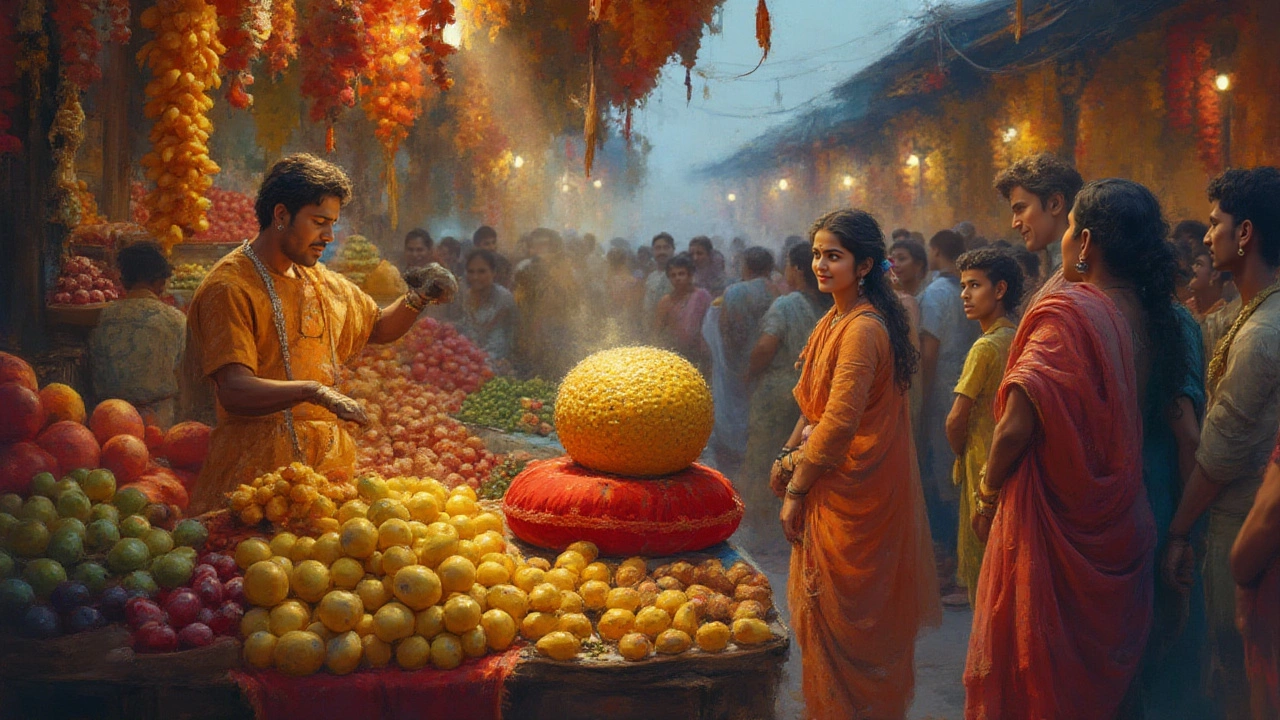Discover which fruit claims the title of costliest in India, why its value is sky-high, and whether it's worth hunting for in the market.
Costliest Fruit in India: Why Some Fruits Cost More Than Gold
When you think of the costliest fruit in India, a fruit so rare or demanding to grow that its price defies normal market logic. Also known as luxury fruit, it's not just about sweetness—it’s about scarcity, logistics, and cultural demand. Some of these fruits cost more per kilo than premium cuts of meat, and for good reason. They aren’t just eaten—they’re gifted, displayed, and sometimes even worshipped for their rarity.
Take the white sapote, a tropical fruit with custard-like flesh, rarely grown in India and imported in tiny batches. You’ll find it only in high-end urban markets, priced at ₹1,500 per kg. Then there’s the mangosteen, a purple-shelled fruit from Southeast Asia that struggles to thrive in Indian soil. Farmers in Kerala and Tamil Nadu have tried growing it, but yields are tiny, and every fruit is hand-picked. Even the durian, the smelly, spiky fruit often called the king of fruits. isn’t native to India, but when it arrives via air freight from Thailand, it sells for over ₹2,000 per kg in Delhi and Mumbai luxury stores. Why? Because demand comes from a small group of affluent buyers who see it as a status symbol.
It’s not just about imports. Some Indian-grown fruits are expensive too. The costliest fruit in India isn’t always foreign—it’s often the one that takes years to mature, needs perfect microclimates, or requires labor-intensive care. A single Alphonso mango from Ratnagiri can cost ₹500 during peak season, not because it’s rare, but because every tree is pruned by hand, and only the best fruits make it to market. Then there’s the black plum (kala jamun) from Uttar Pradesh’s rarest orchards, sold in small boxes as luxury gifts during Diwali. These aren’t fruits you buy for hunger—they’re bought for meaning.
What makes a fruit expensive isn’t just how it tastes. It’s how hard it is to grow, how fragile it is to transport, and how few people can afford it. You won’t find these fruits in your local market. They show up in gift boxes, five-star hotel buffets, or as Instagram-worthy treats for influencers. The real question isn’t why they cost so much—it’s who’s willing to pay, and why.
Below, you’ll find real stories from Indian gardens and farms where growers chase these rare, high-value fruits. Some succeeded. Many failed. But every post here tells you what actually works—no fluff, no marketing hype. Just what farmers and gardeners learned the hard way.
